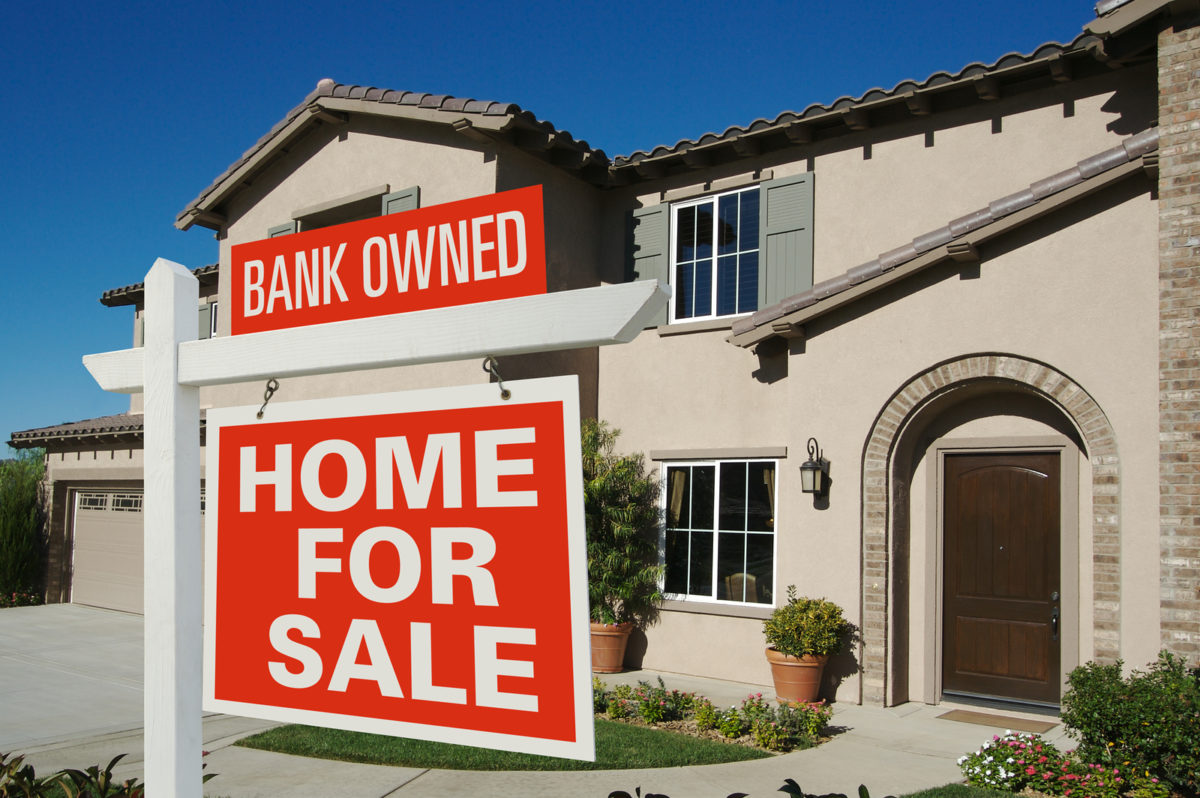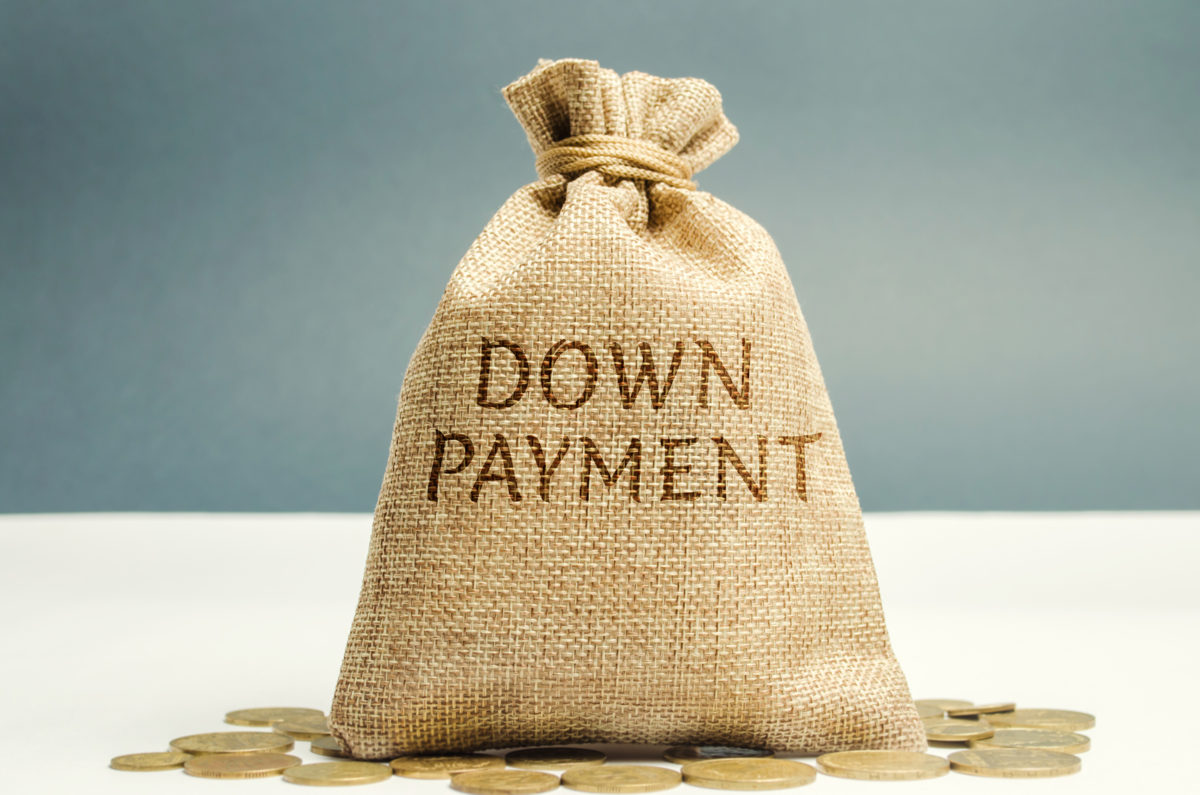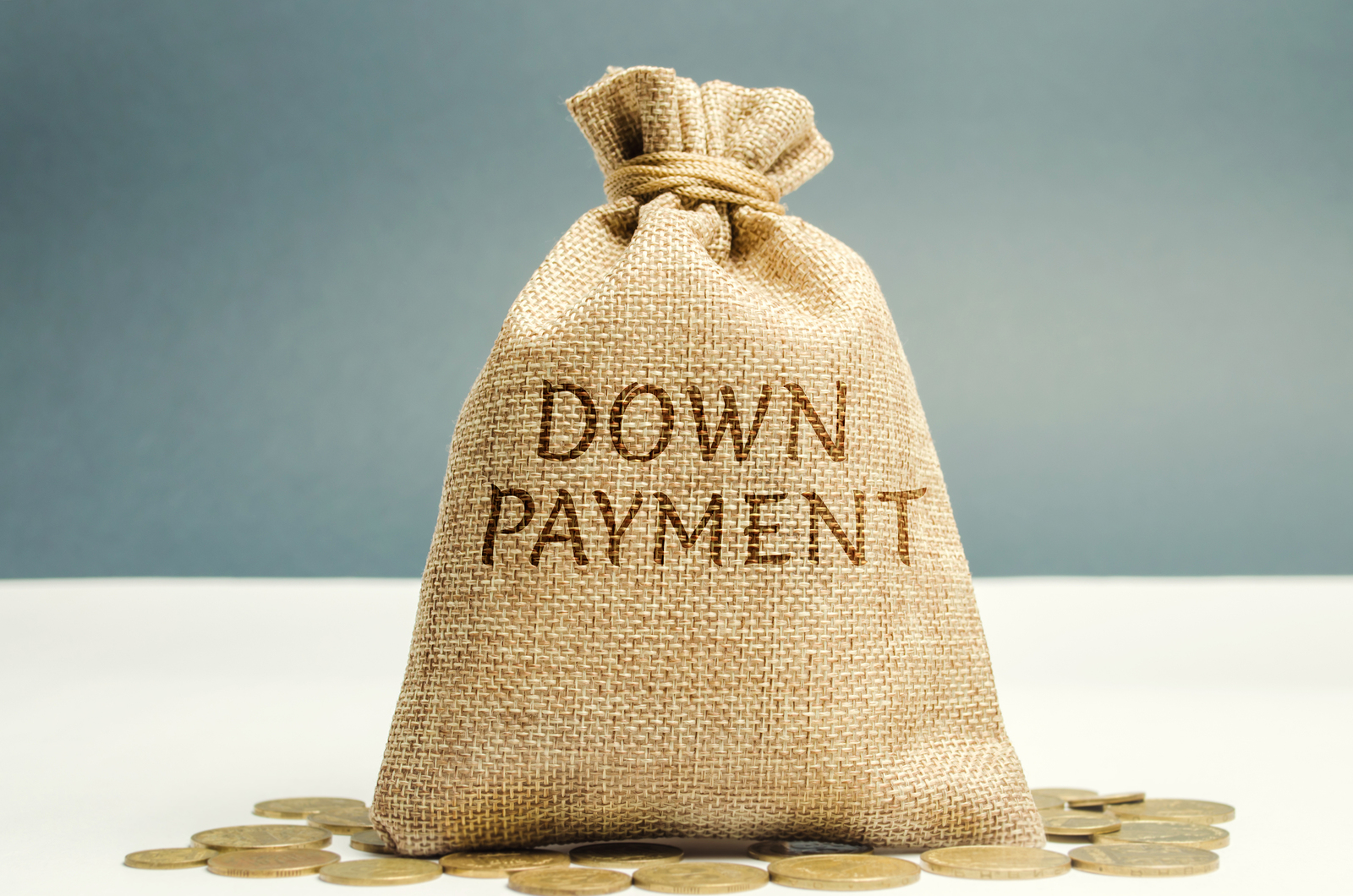The seemingly endless hours searching for homes on the internet are finally over. No more open house visits, no more house tours with your agent. You found the one – the home you may have spent months waiting for.
“I want to make an offer.”
The statement that starts the process of turning your dream into a reality.
It’s easy to get overly excited. It’s far too simple to allow your desire to get the better of your common sense. Yes, you’re buying a home. But you’re also making a significant financial investment both now and for your future.
Of course, we’ll be with you every step of the way and you should feel free to ask us any and every question that pops up.
Read on for what you’ll need to know about your purchase offer and why we ask some of the questions we do.
Decisions
Your first decision will be a financial one: how much should I offer? Although we will most likely know the home’s market value, we’ll run a comparative market analysis to ensure that you don’t offer too much, or too little.
Not only is understanding the market value important, but knowing how long the home has been on the market may affect how much you offer.
Why?
Homes that sit on the market for longer than comparable homes typically sell for less and the most common reasons for this are that the home is overpriced or it may have problems that impact its value.
If the average time a home stays on the market is 30 days, and the one you love has been sitting for 90 days, we’ll want to find out why.
Remember when we suggested that you keep your excitement and emotions in check? Imagine how disappointed you’ll be if we find out the home has significant problems when you’ve already emotionally moved into it.
How long?
After determining your offer price you’ll want to give the seller a specified amount of time to mull it over.
Too long and another buyer may sneak in with a better offer. Too short of an offer expiration date may anger the seller. We will counsel you on this, as it varies, according to the type of market we’re currently in.
Other time limits you can negotiate include:
- Loan approval (although there’s not much wiggle room here)
- Approval of the appraisal
- Approval of the title report
- Approval of the home inspection
- Acknowledgement of disclosures
- The closing date
- Date you want to take possession of the home
Think carefully about the last two on the list. You’ll need enough time for your loan to be approved plus to get packed before closing.
Closing and possession dates are often used as negotiating tools. For instance, if the seller needs more time because the home he or she is buying won’t close on the same day, offer to extend the closing date.
Or, offer to rent the home back to the seller for a specified amount of time (with stipulations).
Additional considerations
If we are aware of any problems with the home when we write up the offer, we can add a contract contingency stating that your offer is only valid if the problem is remedied.
You will have another chance to ask for additional fixes of items of concern in the home inspection report.
For instance, suppose the homeowner has disclosed that there are problems with the HVAC system. We can insert a request to have it fixed or replaced by the time escrow closes.
Then, the home inspection report mentions another problem of concern. We will then submit an amendment to the purchase offer asking for repairs. Sellers are under no obligation to agree to this but they often do to ensure the home sells.
While these aren’t the only contract considerations, we think these are among the most important that you should be prepared for.
As always, we are happy to answer any questions you may have.



















